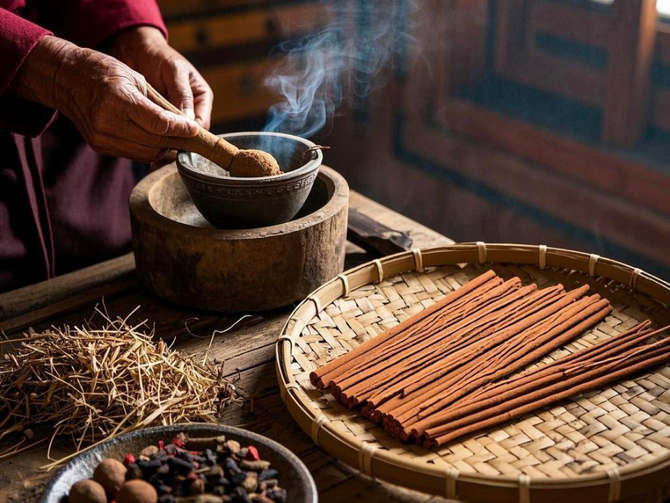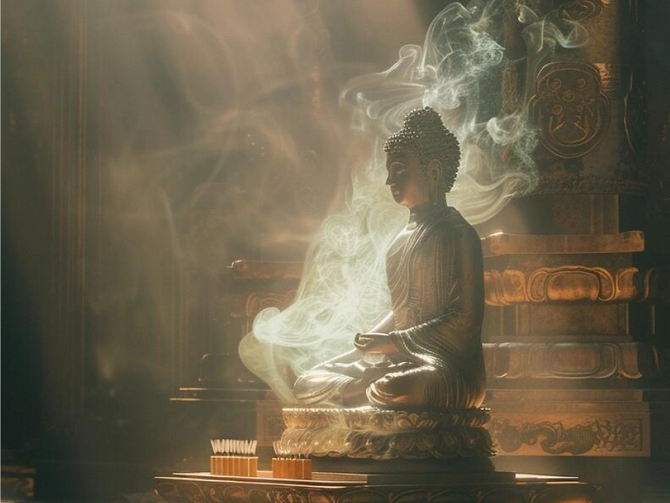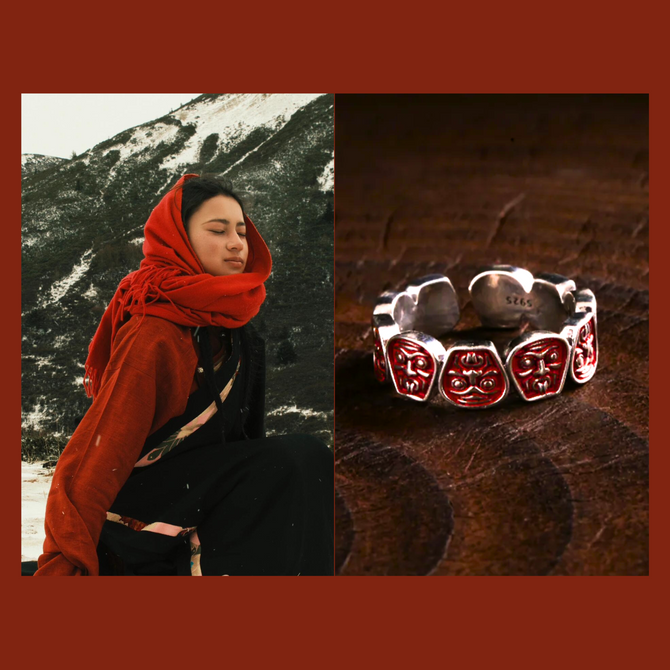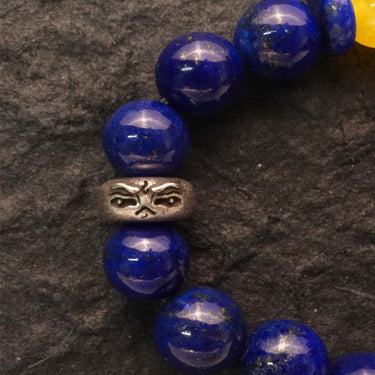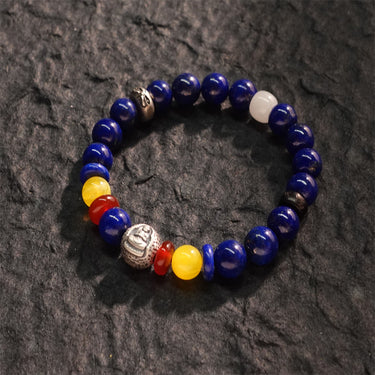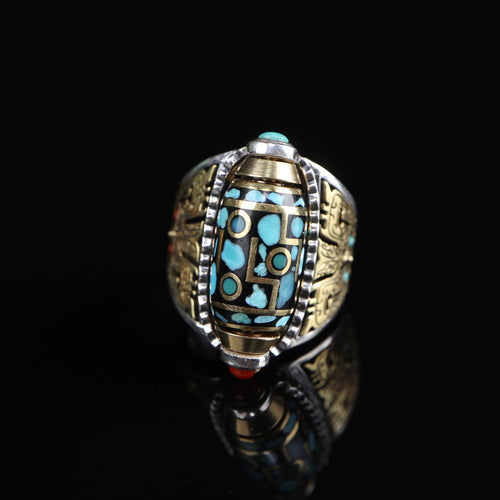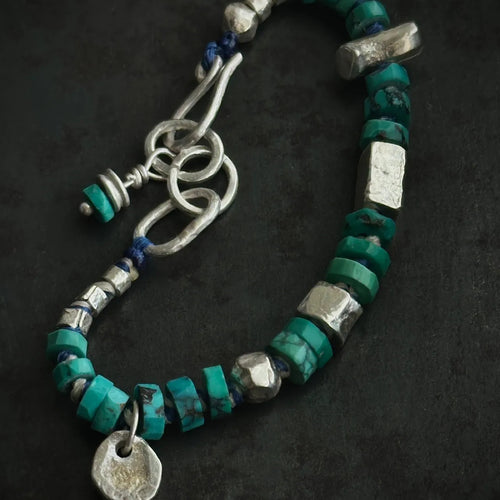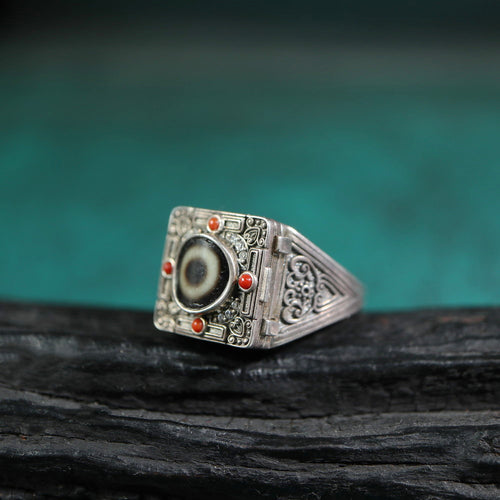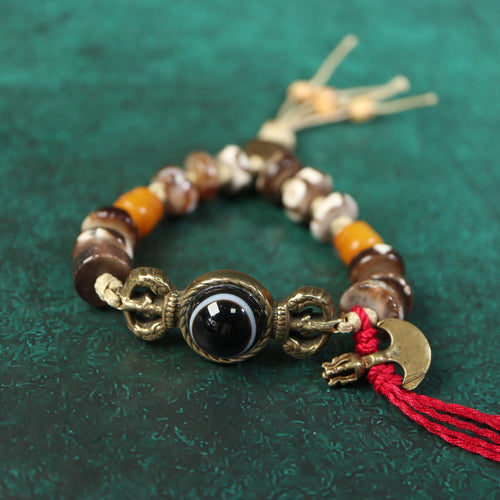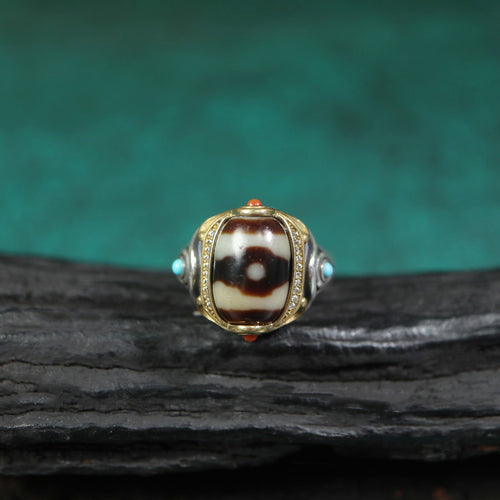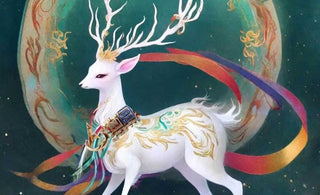
At Oriental Aesthetics, we pride ourselves on providing systematic, high-quality professional services for oriental artists, collectors, and enthusiasts who appreciate and love classical oriental art. Today, we invite you on a journey of discovery as we delve into the fascinating world of tortoise symbolism in Chinese culture. Prepare to unravel the intricate layers of meaning associated with this revered creature, as we explore its profound significance in Chinese art, mythology, and philosophy.
The Tortoise as a Symbol of Longevity and Wisdom
In Chinese culture, the tortoise has long been regarded as a powerful symbol of longevity and wisdom. Known as "gui" in Chinese, the tortoise represents the virtue of longevity and is often depicted in artworks and sculptures as an emblem of immortality. Its association with longevity stems from its remarkable lifespan and its ability to endure through the ages.
The tortoise's connection to longevity can be traced back to ancient times, where its longevity was admired and revered. With its slow and steady gait, the tortoise was seen as a creature that could withstand the test of time. Its ability to live for decades, even centuries, made it a fitting symbol for the pursuit of a long and prosperous life.
Moreover, the tortoise is intricately linked to the concept of wisdom in Chinese philosophy. The pattern on its shell, known as the "tortoise shell pattern," has been interpreted as a symbol of cosmic order and the mysteries of the universe. This pattern consists of intricate lines and shapes, resembling a web of interconnectedness. It has fascinated scholars and artists for centuries, inspiring them to explore the profound wisdom embedded in the natural world.
The tortoise's association with wisdom also stems from its behavior and demeanor. With its slow and deliberate movements, the tortoise encourages patience and contemplation. It embodies the idea that wisdom is acquired through time and experience, and that rushing or seeking instant gratification may lead to folly. The tortoise's calm and composed disposition serves as a reminder to approach life with thoughtfulness and deliberation.
In Chinese art, the tortoise is often depicted alongside symbols of longevity, such as the pine tree, crane, or peaches. These visual compositions convey the wish for a long and prosperous life filled with wisdom and good fortune. The tortoise is portrayed with reverence, capturing its majestic shell, wise eyes, and serene demeanor. These artistic representations not only celebrate the physical beauty of the tortoise but also convey deeper meanings to the discerning viewer.
The symbolism of the tortoise as a representation of longevity and wisdom has permeated various aspects of Chinese culture. It is often invoked during festive occasions and milestones, such as birthdays and anniversaries, to convey well wishes for a long and prosperous life. The tortoise's enduring presence in Chinese art, literature, and folklore serves as a testament to its timeless significance and the deeply ingrained values it represents.
Tortoise Symbolism in Chinese Art
Chinese art has a rich tradition of incorporating the tortoise motif, showcasing its symbolic significance. Artists meticulously portray the distinctive features of the tortoise, capturing its majestic shell, wise eyes, and serene demeanor. These artworks not only celebrate the physical beauty of the tortoise but also convey deeper meanings to the discerning viewer.
One of the most renowned examples of tortoise symbolism in Chinese art is the "Bixi," a mythical creature with the body of a tortoise and the head of a dragon. Bixi sculptures often function as stone tablets or pedestals, supporting important monuments and memorials. The Bixi is seen as a guardian, symbolizing strength, stability, and protection. Its presence in prominent locations signifies the enduring legacy and significance of the subject being commemorated. The Bixi's inclusion in Chinese art reflects the belief in the tortoise's protective qualities and its ability to ward off negative influences.
Furthermore, the tortoise is frequently depicted alongside the crane, a symbol of longevity, in traditional Chinese paintings. This pairing represents the harmonious union of Yin and Yang, feminine and masculine energies, and the balance of opposites. Together, the tortoise and the crane embody the pursuit of longevity and wisdom. The tortoise's stability and grounded nature complement the crane's grace and elegance, creating a visual representation of the harmonious coexistence of different forces in the universe.
In addition to these symbolic pairings, the tortoise is often represented in landscapes and nature scenes, showcasing its connection to the natural world. It can be seen peacefully resting by a tranquil pond or nestled among rocks and foliage. These depictions evoke a sense of serenity and tranquility, inviting viewers to appreciate the beauty and harmony of the natural environment. The tortoise's presence in these artworks serves as a reminder of the importance of living in harmony with nature and embracing its rhythms.
The tortoise's symbolism extends beyond visual art forms to other mediums, such as calligraphy and poetry. In calligraphy, the tortoise shell pattern is often incorporated into the strokes and brushwork, infusing the artwork with a sense of cosmic order and wisdom. Similarly, poets often draw inspiration from the tortoise's symbolism to convey profound ideas about life, time, and the pursuit of knowledge. The tortoise becomes a metaphorical vehicle for exploring the mysteries of existence and the wisdom gained through contemplation.
By incorporating the tortoise motif in their artworks, Chinese artists pay homage to the cultural significance and symbolism associated with this venerable creature. Through their skilled craftsmanship and attention to detail, they bring to life the essence of the tortoise, capturing its enduring qualities and inviting viewers to reflect on the deeper meanings it represents.
The Tortoise in Chinese Mythology
Chinese mythology abounds with captivating tales that feature the tortoise as a central figure. One such story tells of a giant tortoise named "Ao" that played a vital role in the creation of the universe. It is said that Ao carried the weight of the world on its back, with its shell representing the heavens and its underbelly symbolizing the earth. This imagery reflects the tortoise's association with stability, endurance, and the cosmic order.
Additionally, the tortoise is closely linked to the legend of the "Four Celestial Creatures" in Chinese mythology. Alongside the dragon, phoenix, and unicorn, the tortoise represents one of the four divine beings that bring blessings and protection. Each creature embodies a specific virtue, and the tortoise symbolizes longevity, wisdom, and the power of transformation.
The Tortoise's Influence on Traditional Medicine
The symbolic significance of the tortoise extends beyond art and mythology to traditional Chinese medicine. In this ancient healing system, the tortoise is associated with the concept of "nourishing Yin." Yin represents the feminine, cooling, and nourishing aspect of life energy, and it is believed that consuming tortoise shell or using it in medicinal preparations can help balance Yin energy in the body.
While the use of tortoise shell in traditional medicine raises ethical concerns today, it is important to recognize its historical significance and the role it played in ancient medical practices. Nowadays, practitioners of traditional Chinese medicine have found alternative herbal substitutes to preserve the essence of the tortoise's symbolism without harming the species.
Conclusion
As we conclude our exploration of the multiple symbolism of the tortoise in Chinese culture, we invite you to appreciate the profound meanings embedded within this revered creature. The tortoise represents longevity, wisdom, and the cosmic order, captivating the imagination of artists, scholars, and enthusiasts for centuries.
At Oriental Aesthetics, we strive to celebrate and preserve the rich heritage of classical oriental art, including the captivating symbolism of the tortoise. Through our systematic, high-quality professional services, we provide a platform for oriental artists, collectors, and enthusiasts to explore, appreciate, and acquire these timeless masterpieces.
Join us at Oriental Aesthetics as we continue to unlock the secrets and beauty of classical oriental art, inspiring a deeper understanding and appreciation for the intricate symbolism that enriches our cultural heritage.


